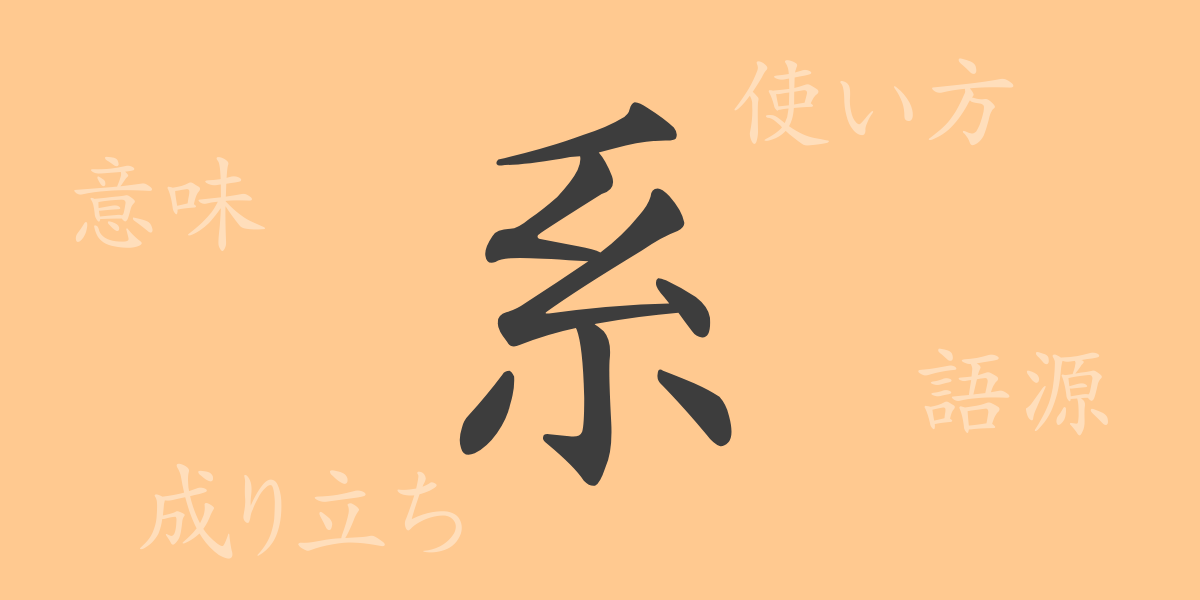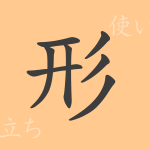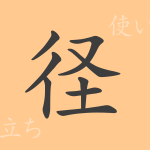Japanese contains numerous kanji, each with its unique history and meaning. In this article, we focus on the frequently used kanji “系(けい)” to delve into its rich history and various applications. Understanding the power of this single character will enhance your word choices.
Origin of 系(けい) (Etymology)
The kanji “系(けい)” originated in ancient China. It represents the image of threads being bundled together and originally had the radical “糸(いとへん).” Over time, it came to symbolize the abstract concept of connecting people or things, a meaning it still retains today.
Meanings and Uses of 系(けい)
The kanji “系(けい)” is used to denote connections or systems. It often indicates relationships between people or sequences of events. Additionally, it is used in academic and technical fields to refer to specific branches or categories.
Readings, Stroke Count, and Radical of 系(けい)
The kanji “系(けい)” is a fundamental character in Japanese. Let’s examine its details:
- Readings: The on’yomi (Chinese reading) is “ケイ,” and the kun’yomi (Japanese reading) is “つなぐ.”
- Stroke count: It consists of 9 strokes.
- Radical: The radical is “糸(いとへん),” related to threads or strings.
Idioms, Expressions, and Proverbs Using 系(けい)
There are numerous idioms, expressions, and proverbs that include “系(けい)” in Japanese. Here are a few examples:
- 血縁系(けつえんけい): Refers to blood relations.
- 系統立てる(けいとうだてる): To organize or structure things systematically.
- 一系統(いっけいとう): A specific flow or category.
- 家系図(かけいず): A family tree.
- 言い習わす(いいならわす): To become widely known or commonly used.
Conclusion on 系(けい)
This article has provided an understanding of the rich meanings and applications of the kanji “系(けい).” By appreciating its importance in Japanese, you can use words more accurately and expressively. Learning the history and meaning behind each kanji is a step toward deeper cultural understanding through language.

























